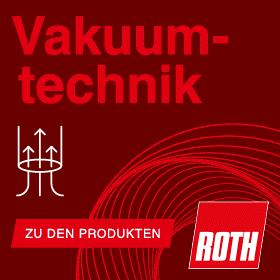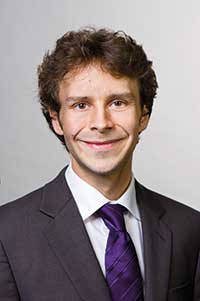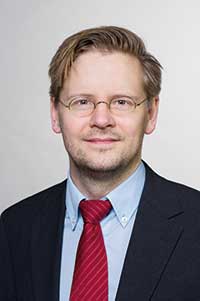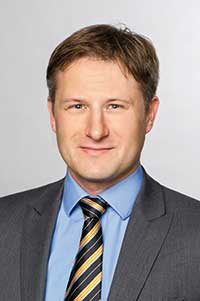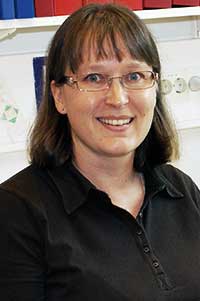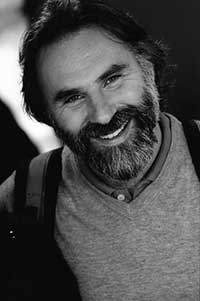Tenure Track - A Brighter Outlook for Top Scientists
Career strategies for young European scientists
by Bettina Dupont, Labtimes 06/2014
Page 1 | Page 2
Postdoctoral researchers in Europe are burdened by high demands and a fragile professional future. For a happy few, tenure track provides a reliable route to a permanent professorship.
Positions in academia are often short-term, leaving mobile researchers in a precarious situation with reduced research productivity while they move to a new institution. The average age for successful tenure in the US is under thirty, yet in some European countries researchers can be well into their forties before they achieve a stable position. The lack of a reliable and stable career path means that some prefer to relocate their scientific activities to the United States or to leave research altogether.
Providing an early signal
Increased European funding for scientists, such as ERC grants, which provided €7.5 billion for 3,400 projects from 2007 to 2013, helped to attract talent back to Europe. While the percentage of tenure track appointments has been gradually declining in the US over the past 30 years, the tenure track model became established in Europe only during the last decade. “By providing initial funding, lab space and job security, we can attract the best researchers, help them maximise their productivity and get the ball rolling to bring in additional funding of their own,” stated Patrick Aebischer, President of the Swiss École Polytechnique Fédéral de Lausanne (EPFL), at a meeting of the EuroTech Universities Alliance in Brussels.
LERU recently published an advice paper on tenure track as a “model for attractive research careers” in Europe. “In light of Europe’s demographic development and the undeniable need to keep the advantage over international competitors, it is absolutely imperative that research-intensive universities, such as the LERU members and others, pay special attention to the careers of the most promising excellent post-doctoral researchers,” the paper states. “One of the advantages of the tenure-track system is the possibility of providing an early signal to scholars who wish to stay in academia.”
Most LERU universities are only just trialling the new system but benefits and amenities are already beginning to show. We asked around at German, Finnish and Dutch universities to obtain some first-hand reports from scientists on the tenure track.
Permanent position by master plan
While in Germany the habilitation system is still prevalent, it is now increasingly being replaced by equivalent achievements. Technische Universität München (TUM) established a tenure track career path in 2012 with the aim of staffing 100 new professorships through this process by 2020. Qualified candidates with international experience are appointed as Assistant Professors (W2) with prospects for performance-based advancement to a permanent professorship as Associate Professor (W3). The tenure evaluation usually takes place in the sixth year following the initial appointment. Where exceptional achievement is rewarded, for example with an ERC grant, early tenure evaluation can be initiated at the earliest in the fourth year. Further promotion to a chair (Full Professor, W3) is possible. The Munich Dual Career Office even supports partners of newly appointed professors to find a position in the region.
“The tenure track system creates excellent opportunities for young academics to establish a fully independent research profile and to build up a research group at an early career stage. It bridges a gap that currently exists in many countries between advanced postdocs and tenured professors,” said Ville Kaila, a specialist in computational biocatalysis and Assistant Professor at TUM since 2013. “The career scheme gives me excellent visibility as a group leader and has already allowed me to establish new, exciting collaborations. Because of a reduced teaching load relative to a Full Professor, I can focus more on research.” Before he joined TUM, Kaila worked as a Researcher at the National Institutes of Health in Bethesda, Maryland, USA.
“The tenure option is very motivating and a good thing for both sides,” commented Franz Hagn, a newly appointed Rudolf Mößbauer Tenure Track Assistant Professor. The specialist in NMR-based structural biology is currently setting up his lab of Structural Membrane Biochemistry at TUM’s Department of Chemistry. He moved to Munich from Harvard Medical School in Boston, USA, where he had worked as a Postdoctoral Associate. “Additional grants for tenure track appointees to hire more co-workers and to purchase equipment would be beneficial,” Hagn suggested. “Currently, ERC grants offer the best funding opportunity for this career stage but these grants are harder to get every year.”
“Only by offering career prospects like these will Europe be able to survive the tough global competition it is facing. Given the reputational advantage that many Anglo-American universities have over us and the massive scale of investment pouring into Asian universities, this is vital to the future of the European science system,” said TUM President Wolfgang A. Herrmann. So far, 31 Assistant Professors of 13 nationalities with an average age of 35 have been appointed. The majority of them come directly from renowned institutions abroad. Recently, the Max Planck Society and TUM launched a joint career programme. The two institutions are recruiting outstanding young researchers with international experience to head Max Planck Research Groups and take up Assistant Professorships simultaneously. Subject to positive evaluation, after six years they will move up to a permanent post as Associate Professor at TUM.
Career security promotes productivity
Sanna Lehtonen, a tenure track Assistant Professor with the Department of Pathology at the Finnish University of Helsinki, is investigating the pathophysiological mechanisms involved in the early stages of diabetic nephropathy. “Tenure track means more stability for my research group and security for my career. I had a five-year Academy Research Fellow position, which ended this year. Without the tenure track position or some other position at the University of Helsinki, I could not have continued my work here, though I still do have research money for my group members,” reported the recipient of an ERC Starting Grant. Lehtonen said she would appreciate more proactive mentoring by the university, which would improve the chances to succeed even more.
“Tenure track gives me enough time to make a substantial contribution to the university’s research and teaching, to give the university something in return,” commented Vincenzo Cerullo, tenure track Assistant Professor with the Centre for Drug Research at the University of Helsinki. The scientist is developing novel oncolytic viruses, which can induce tumour-specific immunity. He advocates more initial funding for Principal Investigators to ensure better productivity from the start.
Page 1 | Page 2
Last Changed: 21.11.2014




